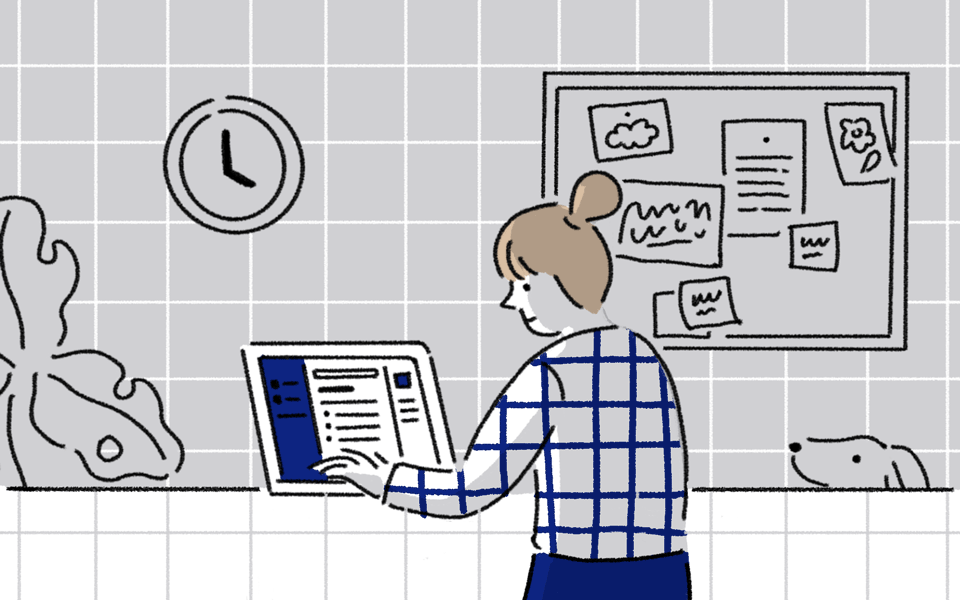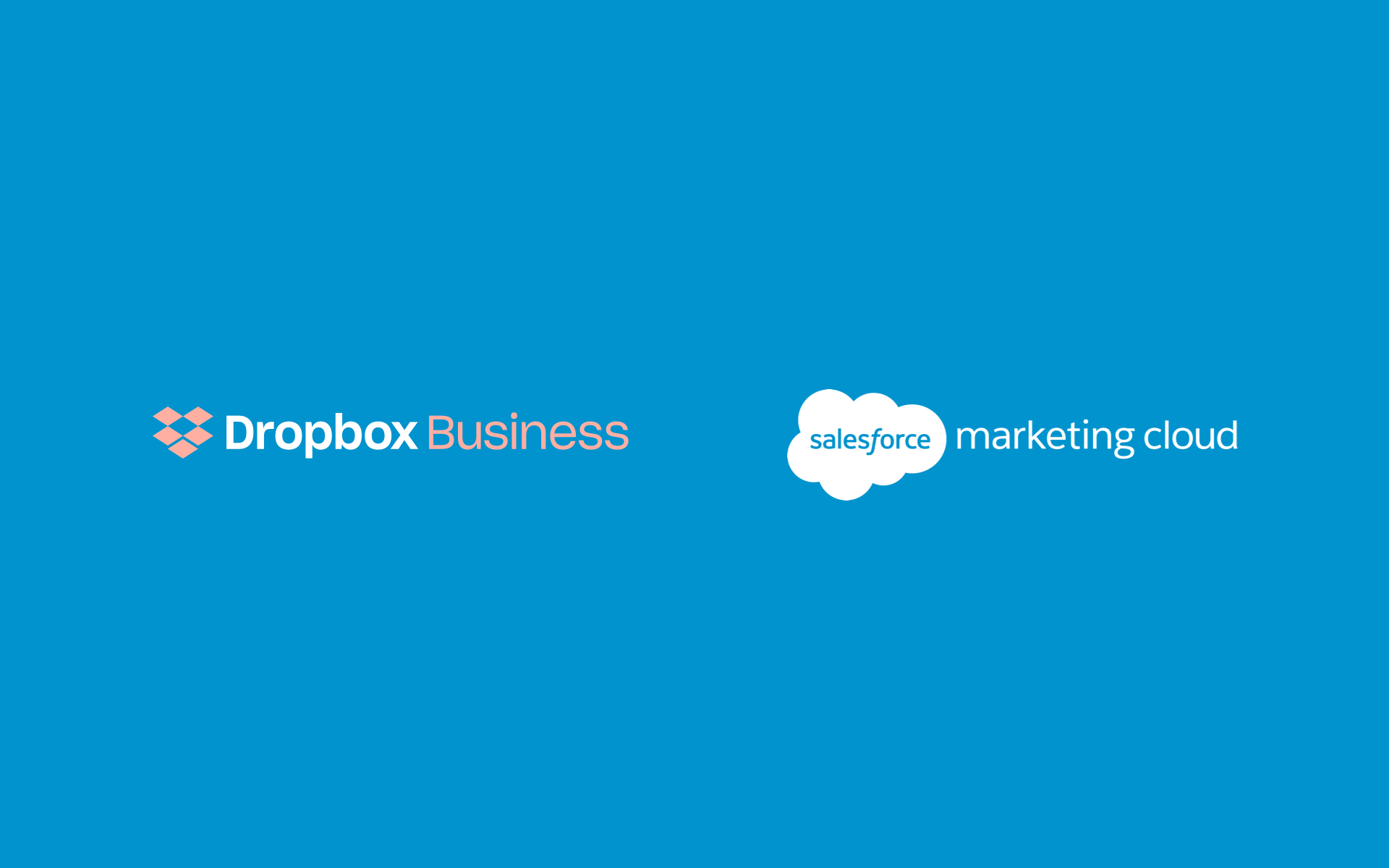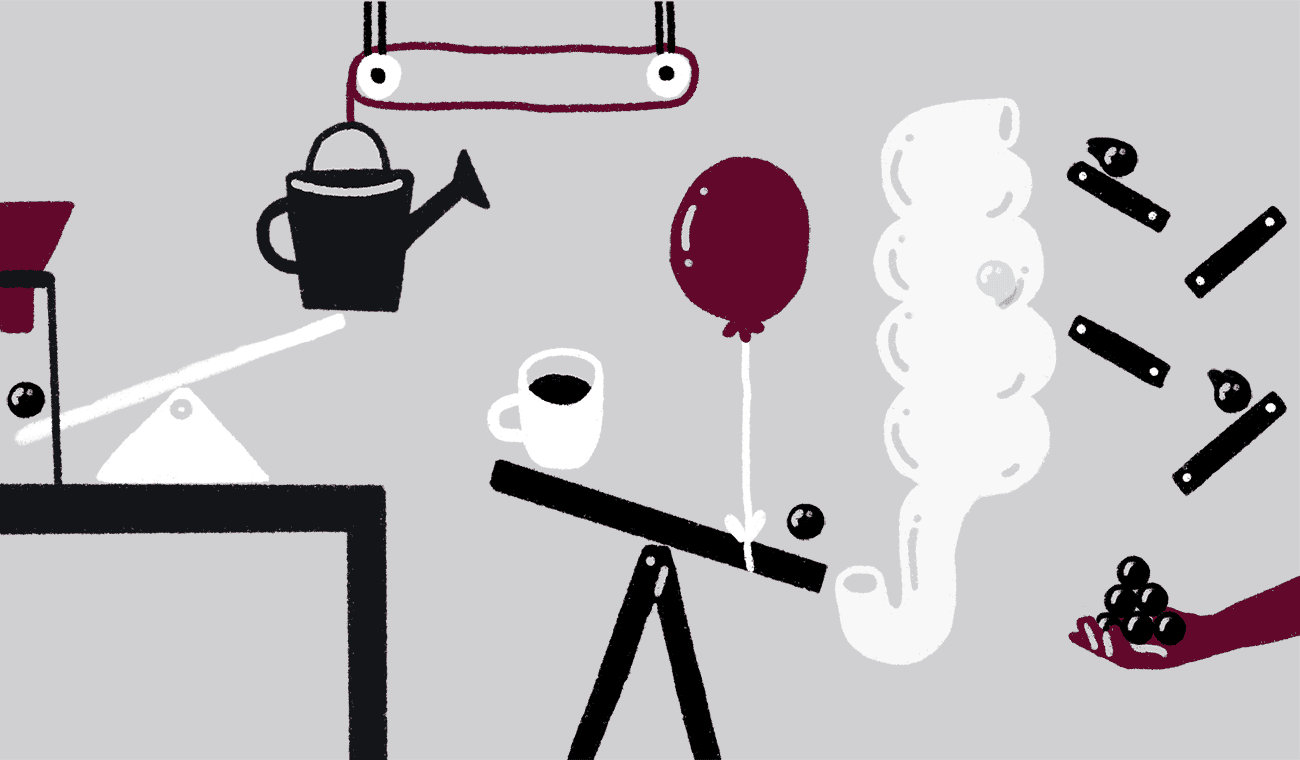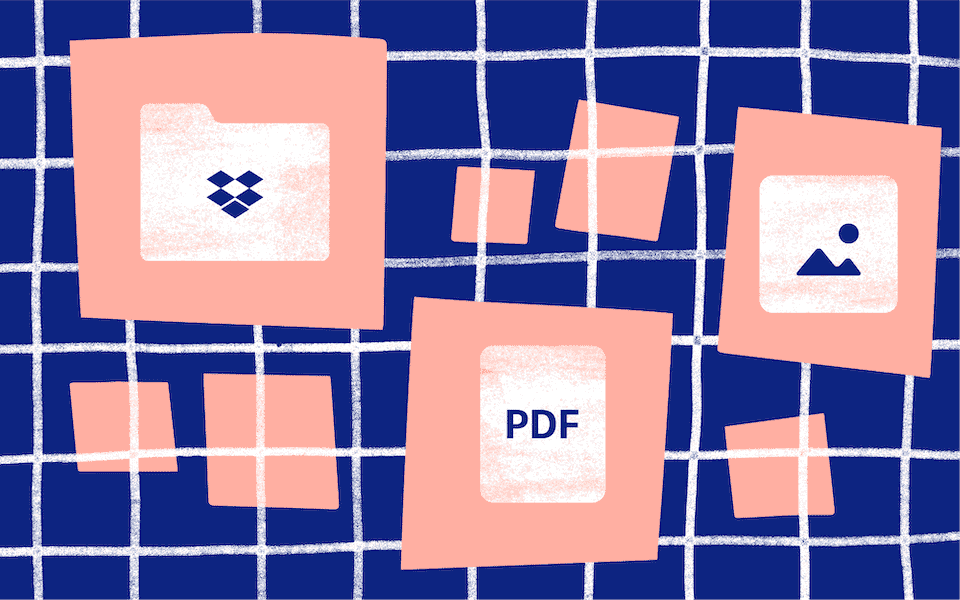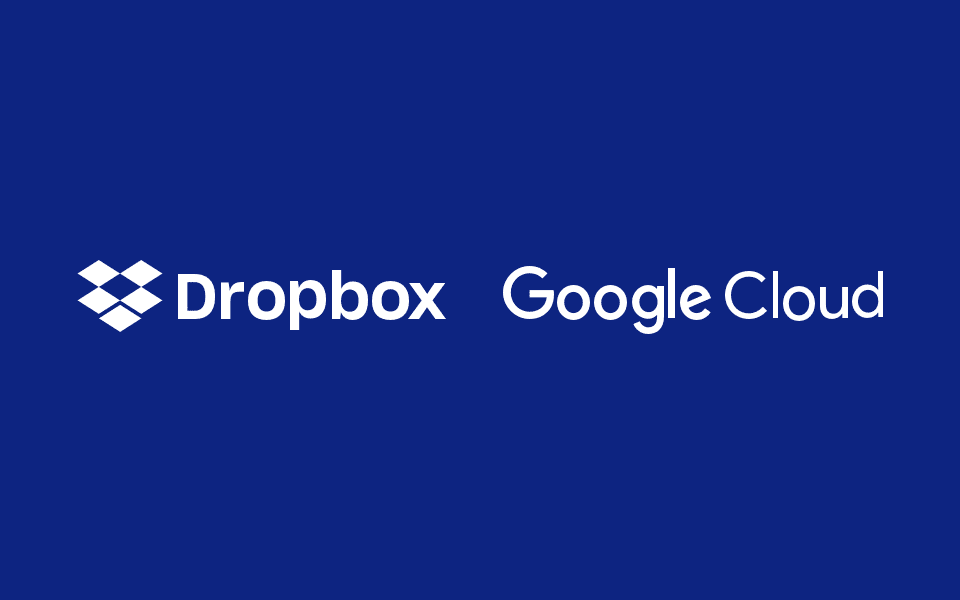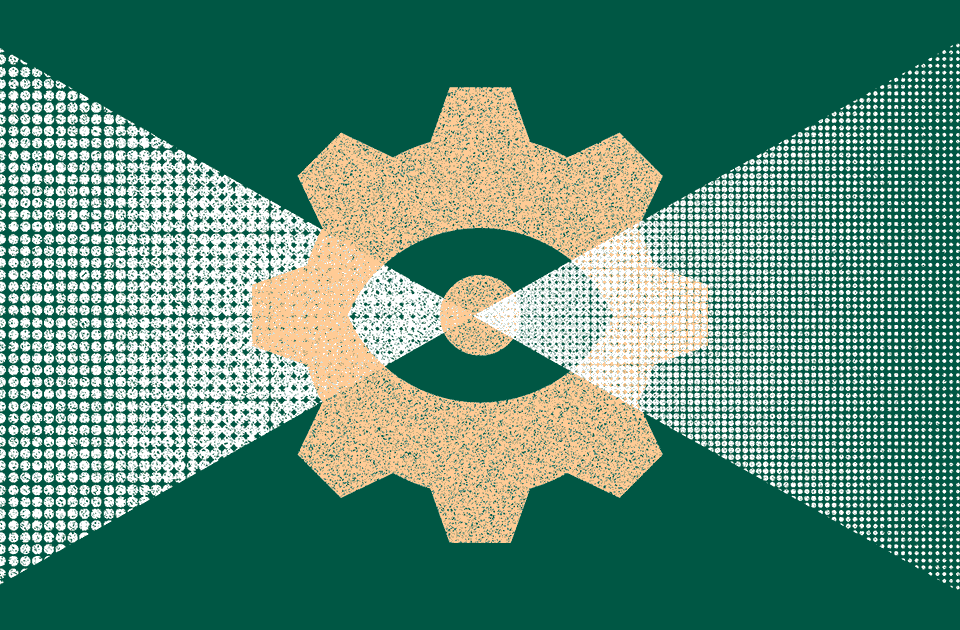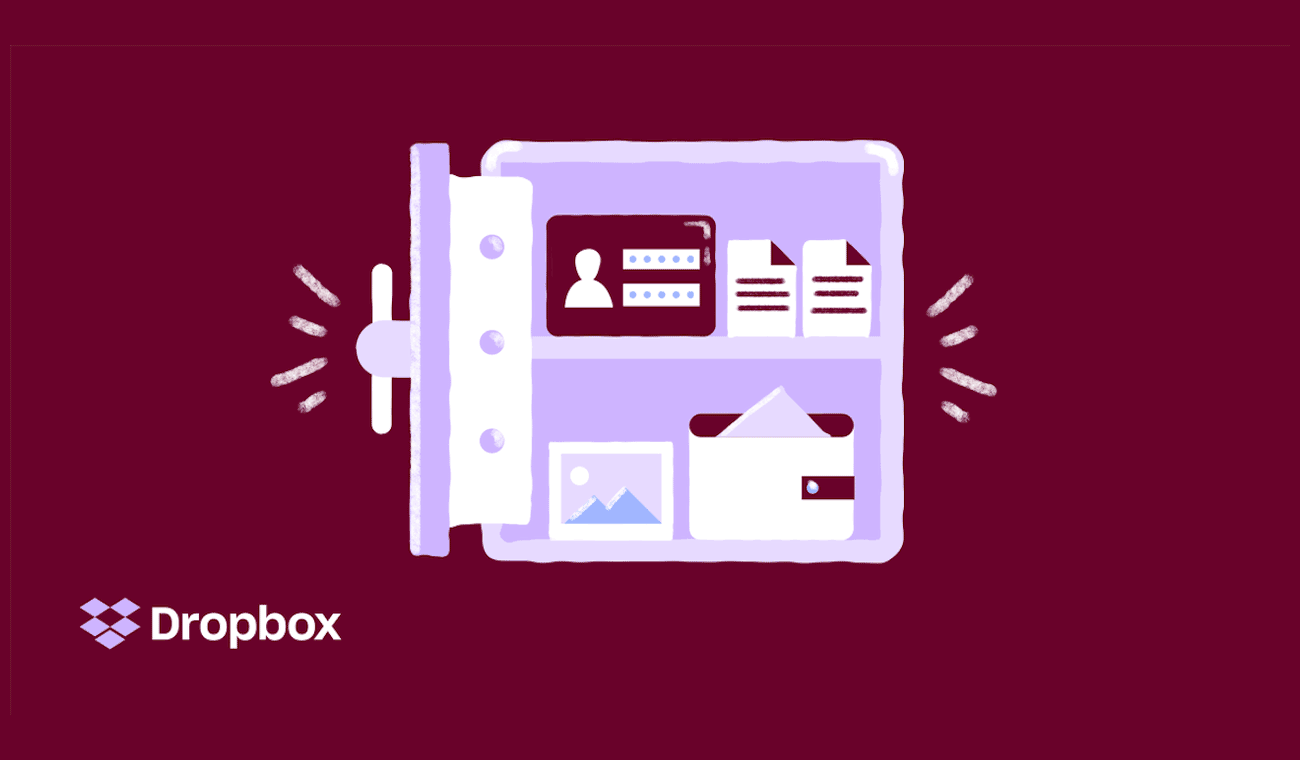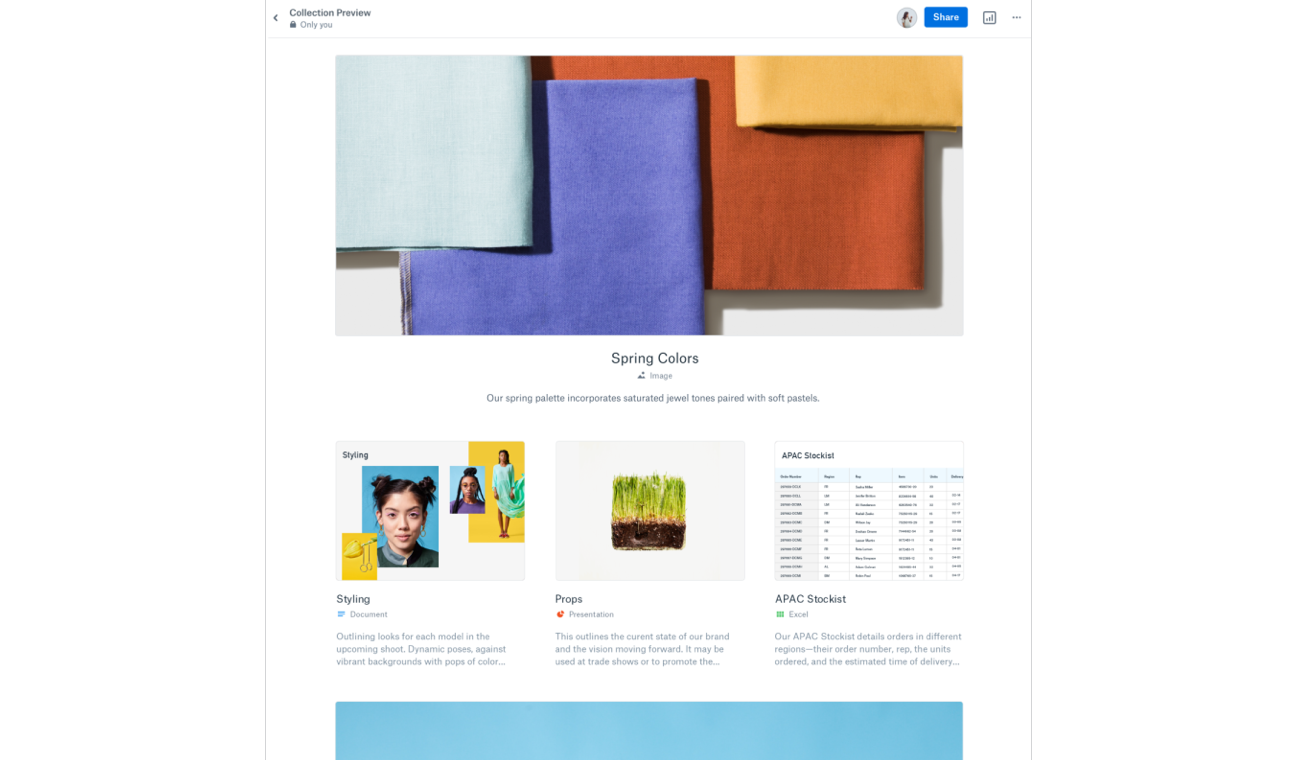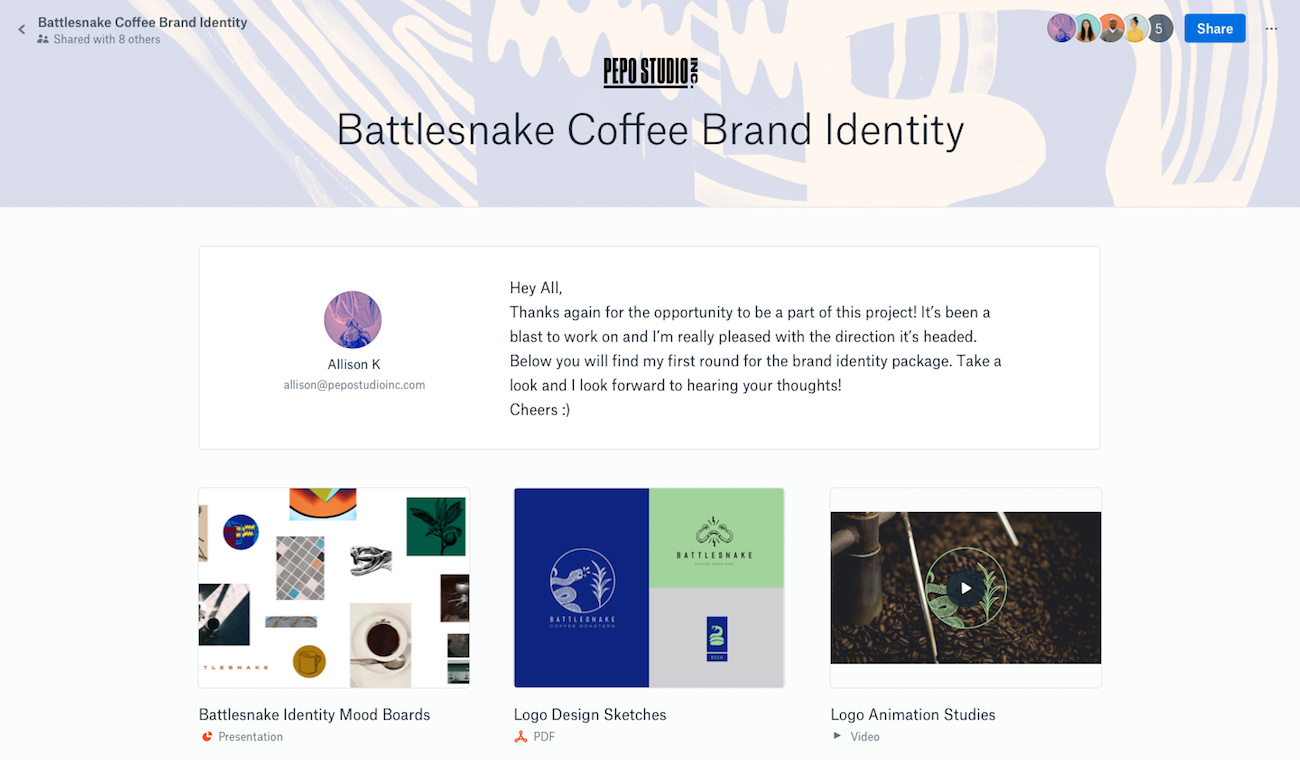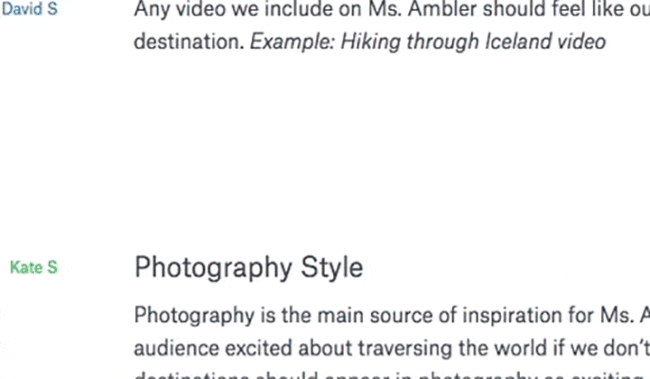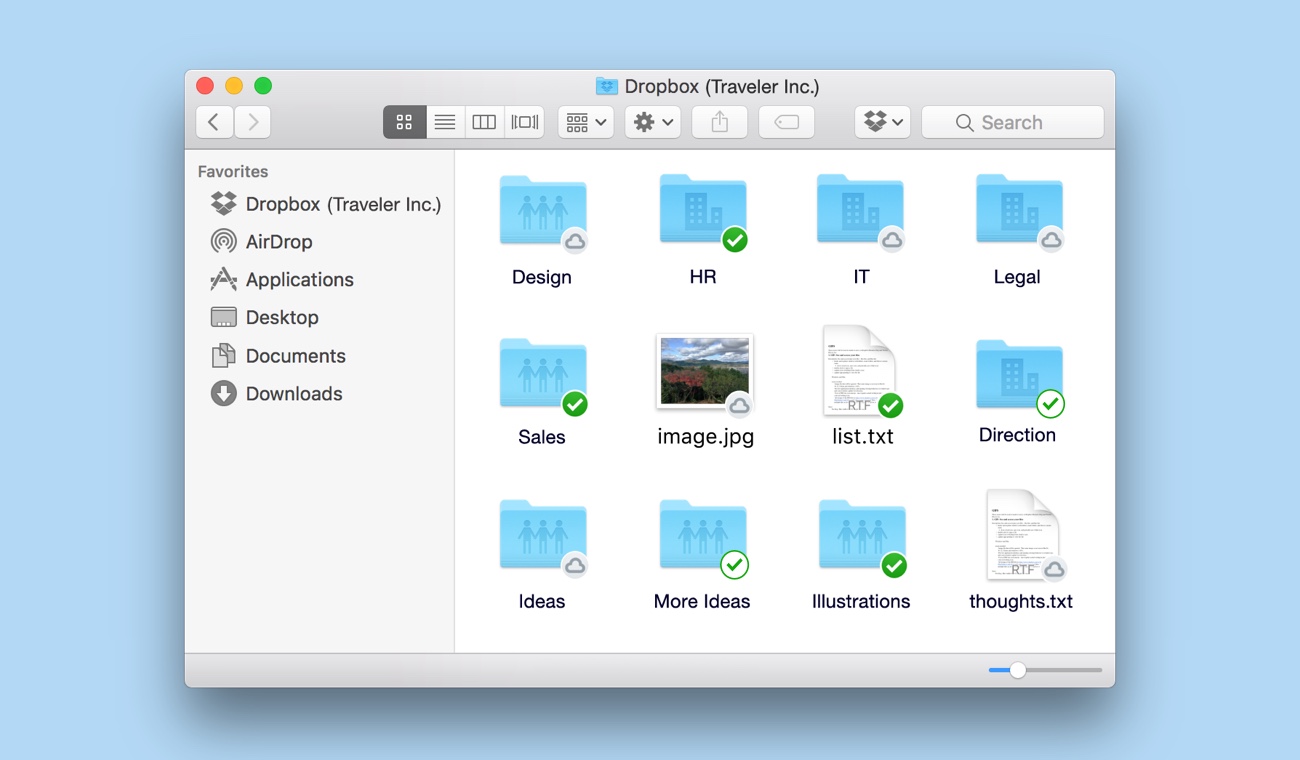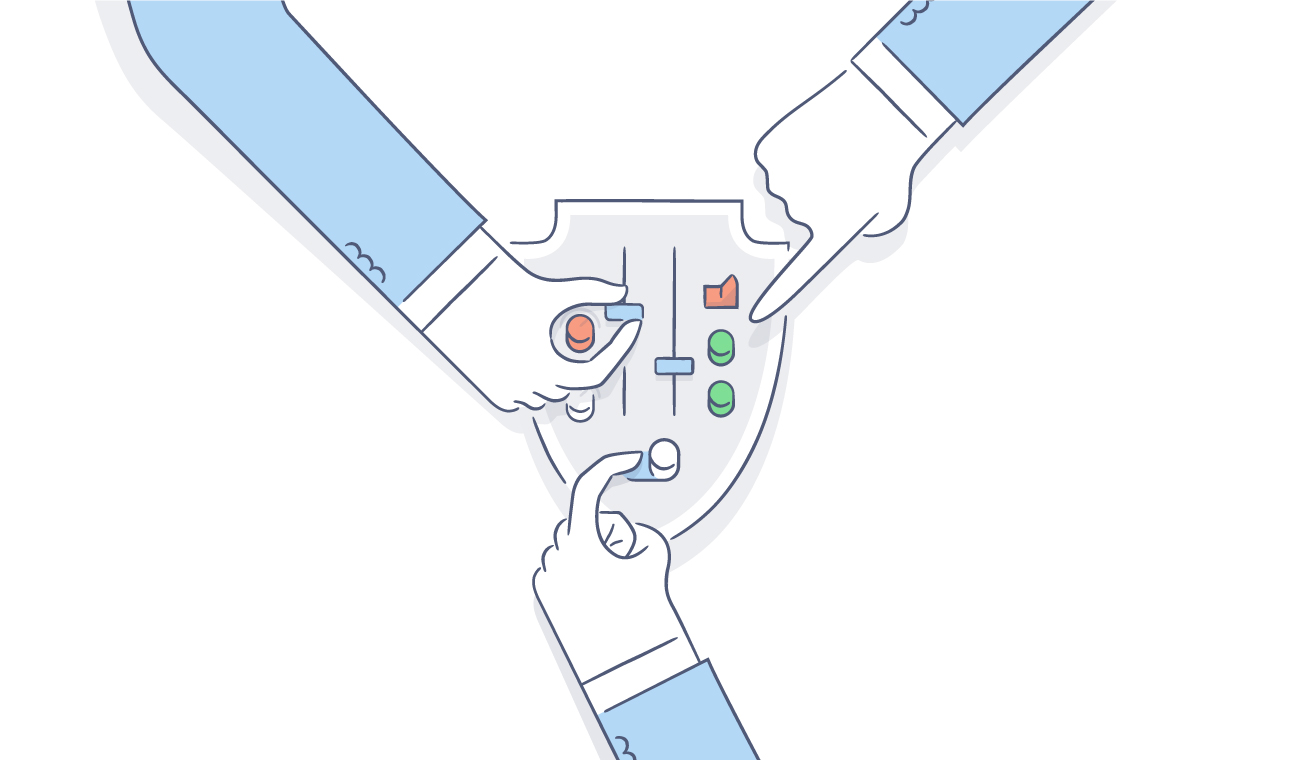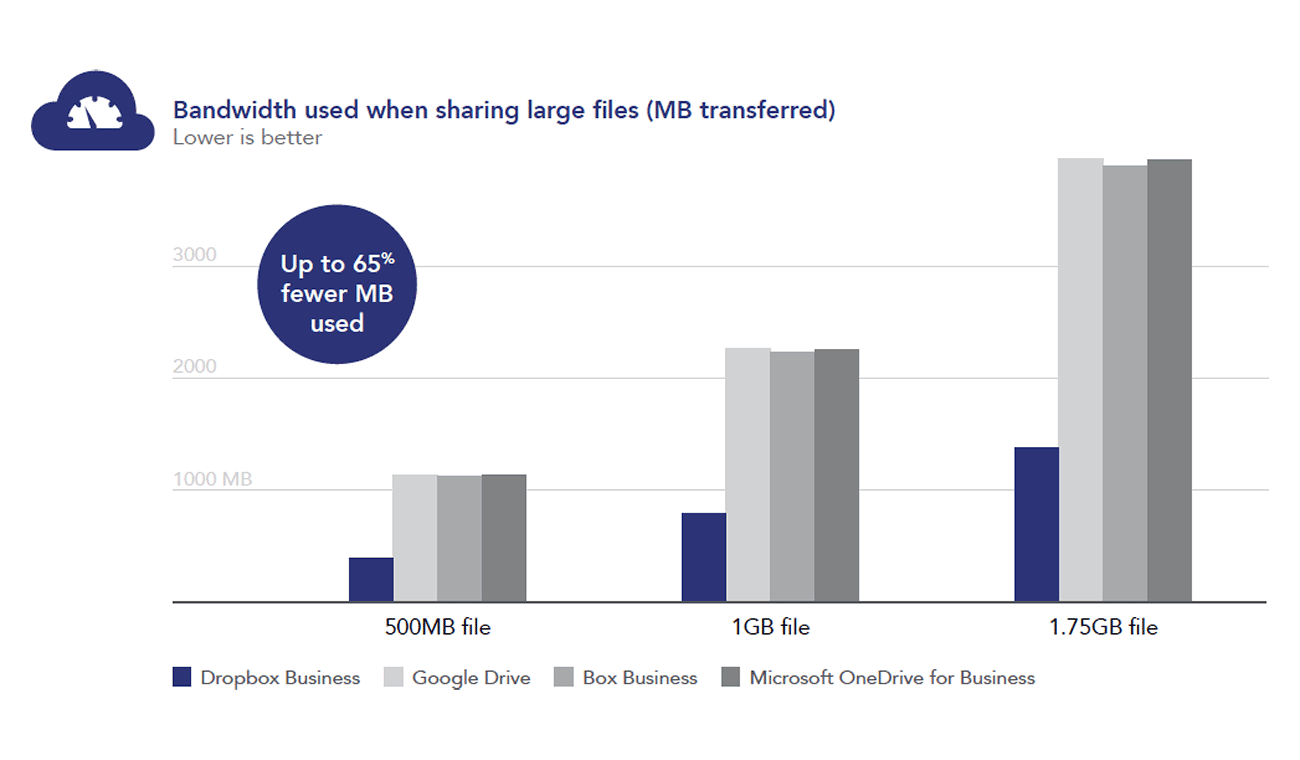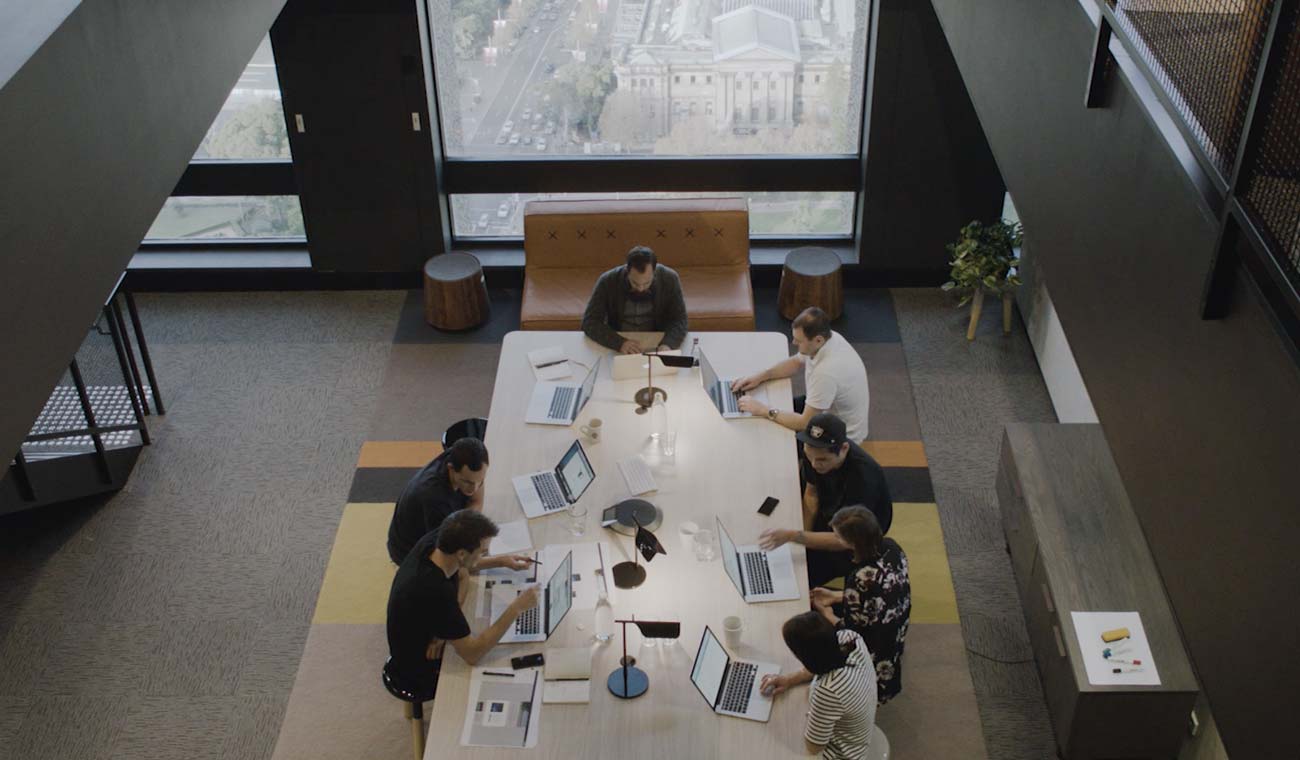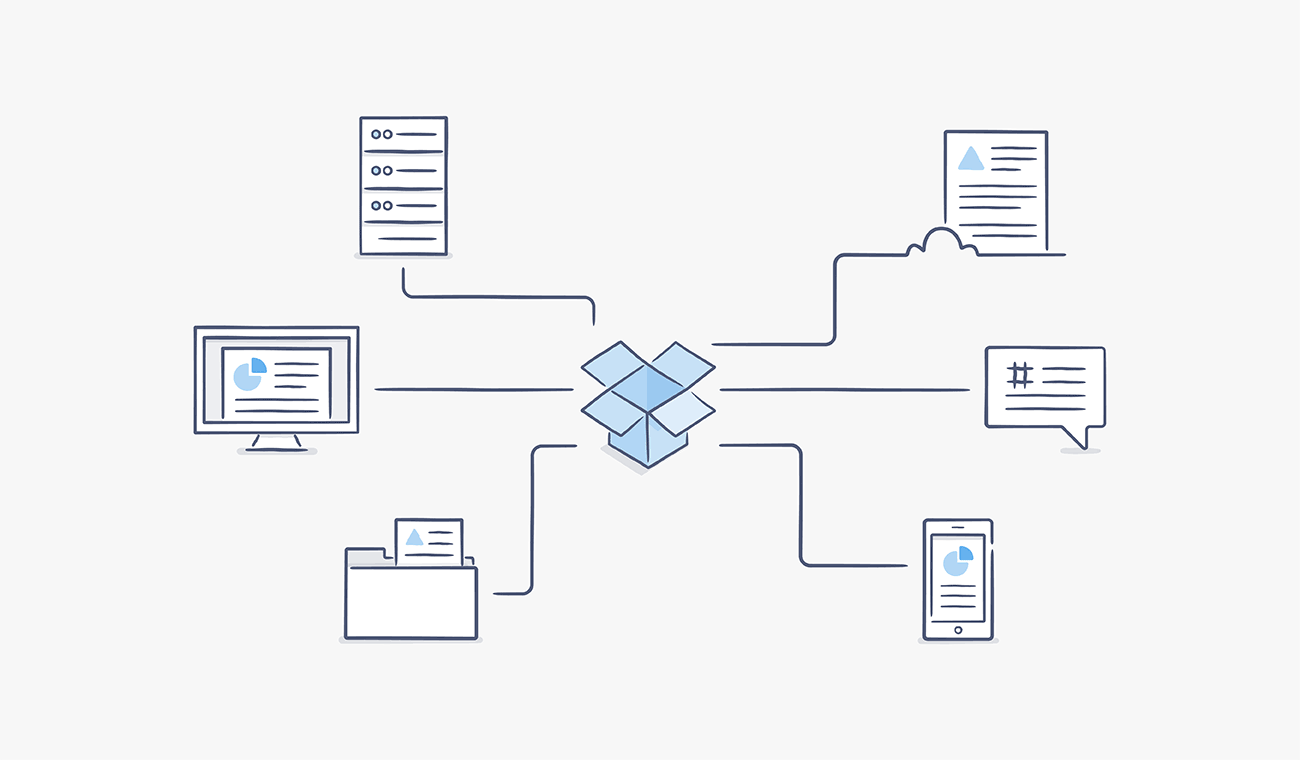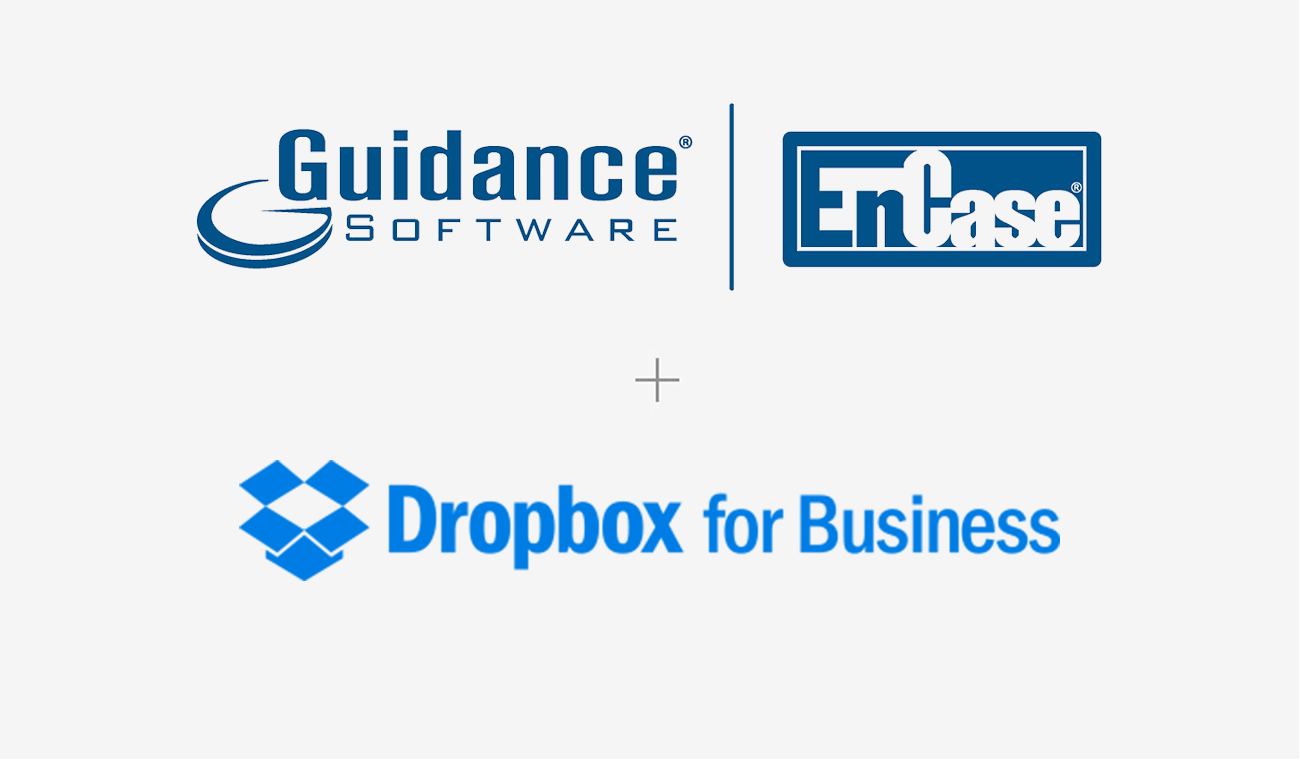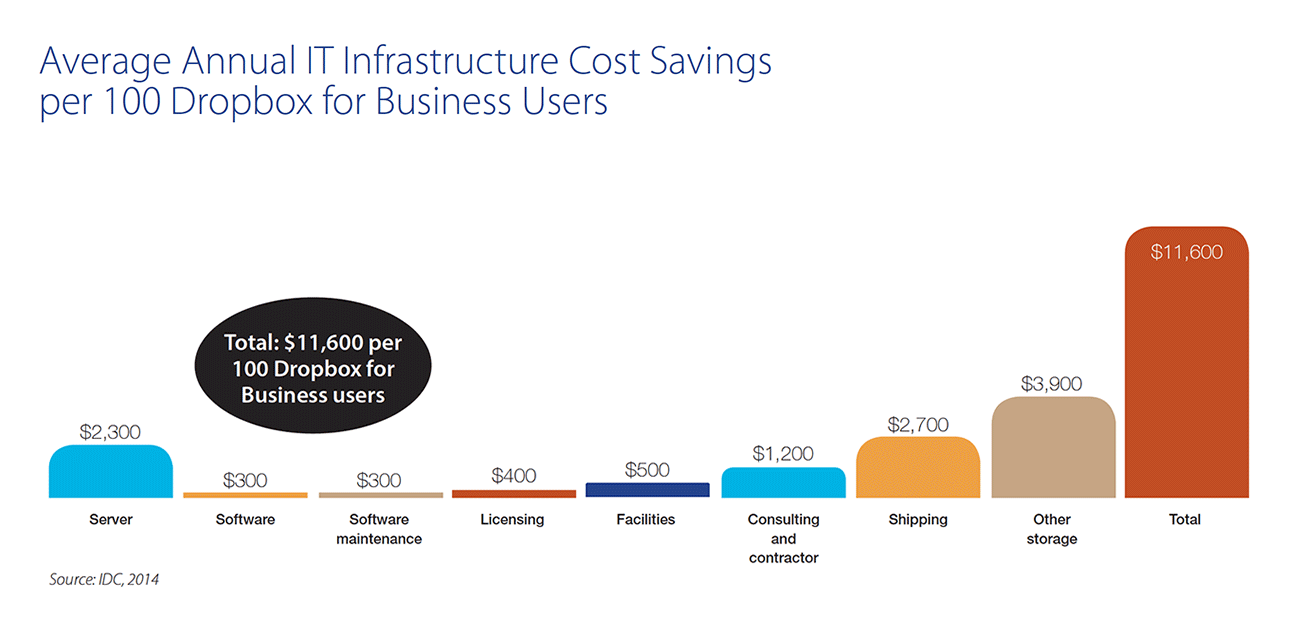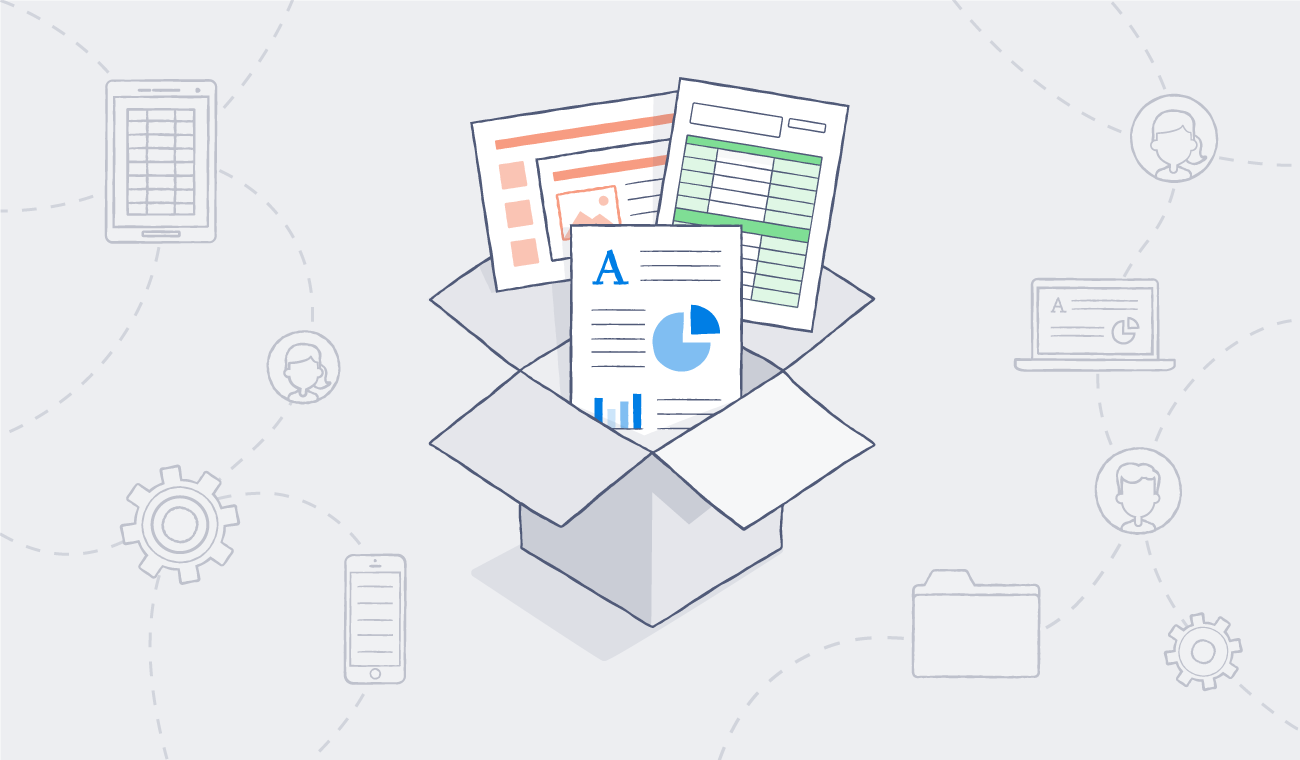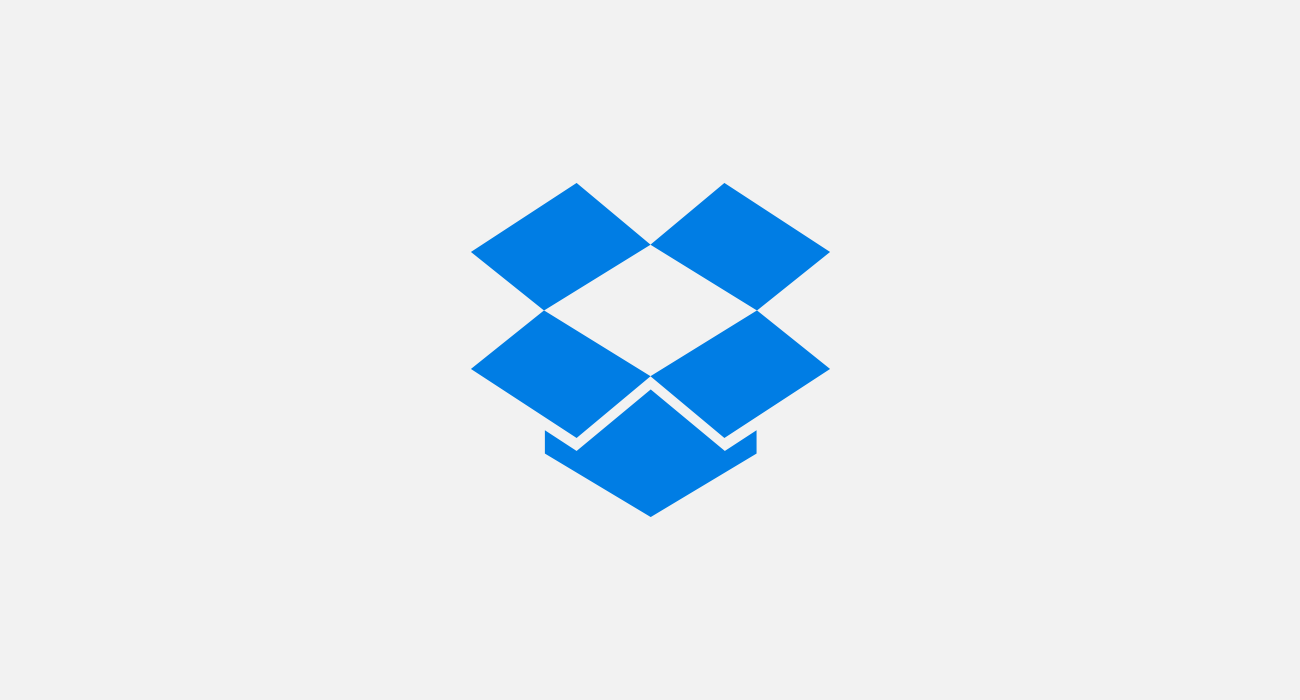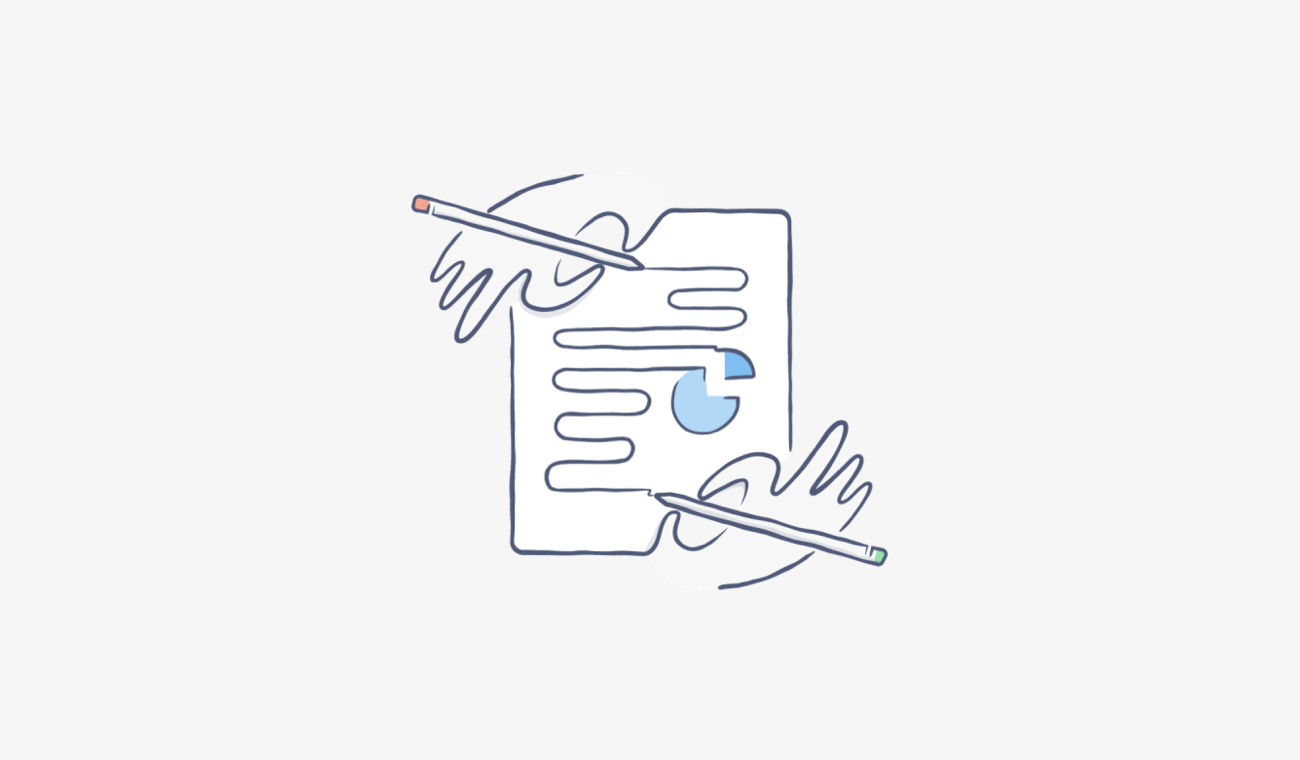
How cross-campus collaboration fuels research and innovation
Published on October 24, 2016
What do the discovery of the first human cancer gene, the world’s best known search engine, and lithium-ion batteries have in common? They all have their roots in basic research conducted at universities. Today, universities are still leading the charge, performing the majority of the world’s basic research. And they’re doing it together—modern research is increasingly a global and collaborative process. We analyzed usage patterns across the world among the more than 6,000 universities on Dropbox to learn more. Here’s what we found:
Creating collective workspaces
Through our research, we saw university faculty increasingly looking to their peers for subject matter expertise and access to funding or resources. Among university users in different cities and with different email domains, more than 3.3 billion files were shared. From that, we concluded that 40% of the files these users shared were done so with other universities.
Dr. Ayman Noreddin, Professor of Pharmacy and Associate Dean of Academic Affairs at Chapman University in California, uses Dropbox to collaborate with research partners in Brazil, Egypt, and South Africa. “I can review lab reports, publications, and grant applications,” says Noreddin. “Anything related to my research lives in Dropbox because files are so easy to find and share.”
Establishing collaboration networks
We also saw that as research activity increased, so too did the number of external collaborators. The average R1 university1 had 6,277 external collaborators, 164% more than the average R2 university1. Even after adjusting for campus size, we still saw a higher rate of sharing at universities with the highest research activity. R1 users had 22% more external collaborators on Dropbox than their R2 peers.
Among top-ranked universities in the US2, we also observed strong external networks fueling advances in research. The top six private universities maintain strong relationships with alumni organizations, who in turn serve as prime candidates for donations enabling further research. The top six public universities have established a significant number of shared connections with health entities, including medical centers and hospitals.
To learn more about how Dropbox is enabling collaboration on campuses worldwide, come visit us at the EDUCAUSE Annual Conference this week in Anaheim. You can find us at booth #115, where we’ll be discussing our latest product updates with administrators, professors, and students. And be sure to check out our breakout session, Supercharging University Research, on Thursday, October 27 at 4:30 pm. There, we’ll discuss how Dropbox Education is improving research collaboration at Duke, Georgia Tech, Stanford, and Stevens. We look forward to seeing you there.
1R1 doctoral universities are the 115 institutions with the highest research activity in the US, according to the Carnegie Classification of Institutions of Higher Education. R2 doctoral universities are 107 institutions with higher research activity in the US.
2The top-ranked public and private schools used in this analysis were those that made the U.S. News and World Report 2015 National Universities Rankings.




